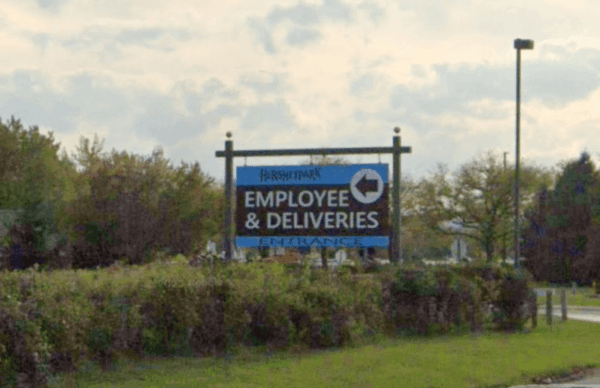
On July 25, officials confirmed the heartbreaking loss of a young child following an incident in the wave pool at Hersheypark’s water park, located at 100 Hersheypark Dr, Hershey, PA. Lifeguards quickly pulled the 9-year-old from the water and initiated rescue procedures, according to Today. Despite their efforts and those of on-site first responders and medical personnel, the child was unable to survive.
John Lawn, CEO of Hershey Entertainment & Resorts Company, shared the park’s grief, stating, "Our hearts break for this child and the child’s family. We extend our deepest condolences for their loss."
The child was transported immediately to a local hospital, where medical teams continued life-saving attempts. Tragically, the child’s injuries proved fatal. Lawn emphasized that safety remains the park’s top priority and announced a full internal review of the incident.
Hersheypark’s wave pool, a 378,000-gallon centerpiece of the water park, remained closed the following day. A park spokesperson explained the decision was made out of respect for the family and to recognize the tireless efforts of the staff during the emergency.
At the time of the incident, over 100 lifeguards were stationed throughout the water park, with 10 specifically assigned to the wave pool. These lifeguards held advanced certifications, including Special Facility Training for deep water rescues, Basic Life Support, AED use, and First Aid. The park also provides complimentary life vests to all guests.
Hersheypark spans 121 acres and features over 70 rides, including a water park that debuted in 2007. The wave pool has been one of the park’s most popular attractions, alongside the lazy river and the world’s longest mat racing slide.
This incident highlights the importance of water safety, particularly for children. According to the National Drowning Prevention Alliance, drowning remains a leading cause of death for children aged 1 to 4, with thousands of unintentional drownings reported annually across the country.
In his statement, Lawn reassured the public of the park’s resolve to learn from this tragedy. "We will thoroughly investigate this tragedy and honor the memory of this young guest by maintaining our unwavering dedication to guest well-being."

When tragedies occur at waterparks, families often face not only unimaginable grief but also questions about accountability and safety. To better understand the legal avenues available to waterpark drowning victims and their loved ones, attorney Michael Haggard, a seasoned expert in aquatic accident cases, discusses the responsibilities of waterparks, the role of safety protocols, and the steps families can take to address potential negligence.
Darla Medina (Editor): In situations like the tragic incident at Hersheypark, what legal options might families consider if they believe negligence played a role?
Michael Haggard (Attorney): When a drowning or near-drowning occurs at a waterpark, families may explore the possibility of legal action if evidence suggests that safety protocols were not followed or properly enforced. This can include investigating whether lifeguards were adequately trained, whether the facility maintained proper safety equipment, or if there were known hazards that were not addressed.
Medina: Hersheypark has stated that their lifeguards undergo Special Facility Training and that they provide complimentary life vests. How might those factors play into a legal review?
Haggard: Those measures are positive, but they don’t necessarily eliminate liability. Even with proper training and equipment, if there were lapses in monitoring, delayed responses, overcrowding, or inadequate signage, those could all be factors in a case. The focus would be on whether the park met its duty of care to provide a safe environment for its guests.
Medina: For families facing such a loss, what steps should they take if they want to explore legal options?
Haggard: The first step is to consult with an attorney experienced in drowning cases. They’ll help gather evidence, such as witness statements, surveillance footage, and maintenance records. It’s also important to act quickly, as some evidence can be time-sensitive. Filing a claim isn’t just about compensation—it’s also about ensuring that safety measures are improved to prevent future tragedies.
Losing a loved one to a preventable waterpark incident is devastating, and no family should face it alone. If your family has been impacted by a drowning or near-drowning, now is the time to act. Our dedicated team is here to navigate the legal process, uncover the truth, and hold responsible parties accountable. Contact us today for a free consultation to understand your options and take the first step toward justice.
 info@legalherald.com
info@legalherald.com